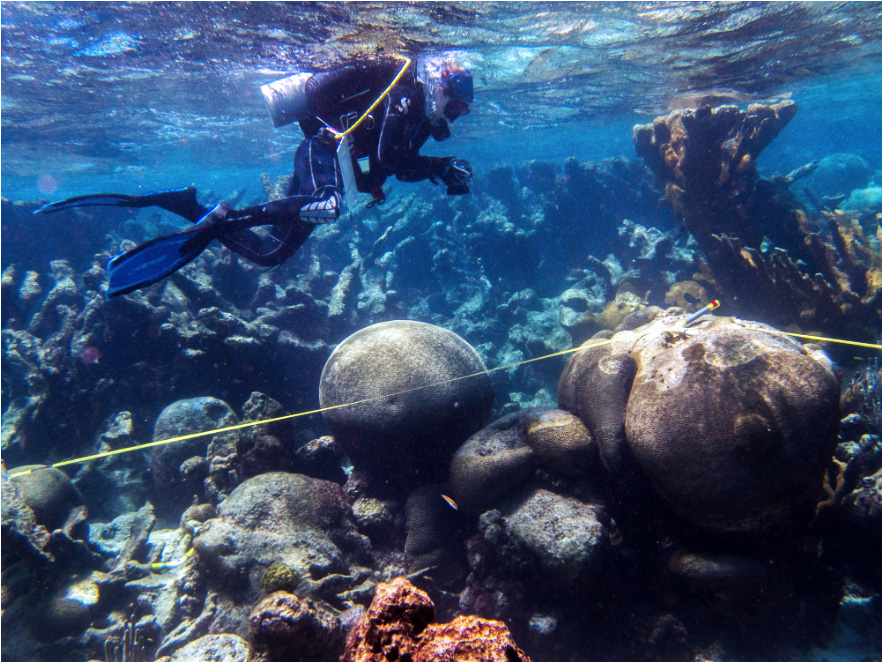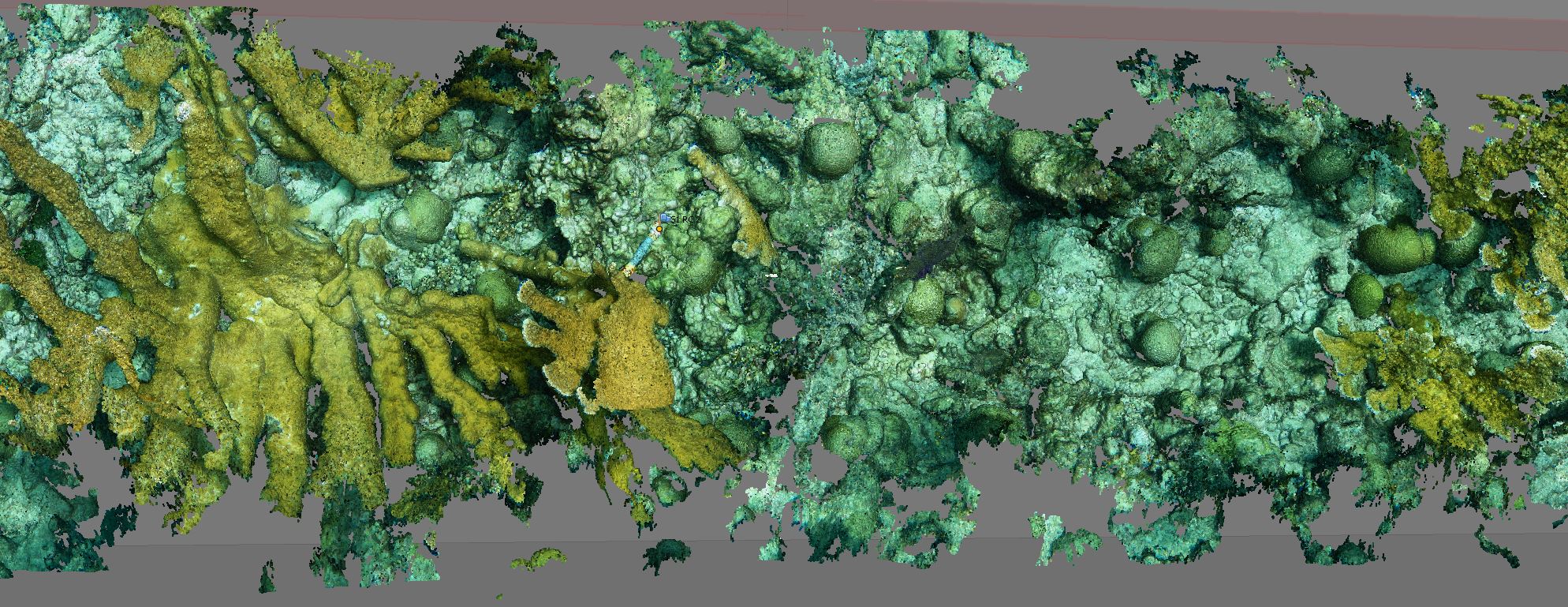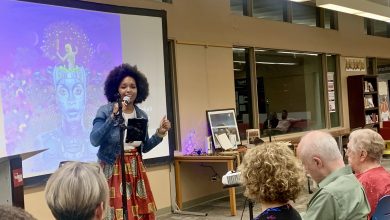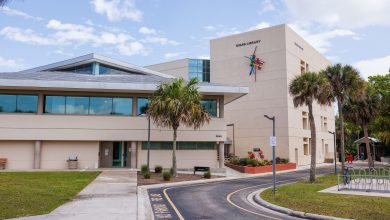Florida Tech Digital Scholarship Lab Tests New Technology
The Florida Tech Digital Scholarship Lab, on the second floor of Evans Library, is the go-to destination for those in need of some high-tech help. From virtual reality glasses to large-scale multi-touch displays, students gather in the lab to study, research and collaborate.
So it’s no wonder that the keeper of the DSL keys, otherwise known as Support Manager Martin Gallagher, is always on the lookout for new technology. Right now, he’s got his eye on two new gizmos that could dramatically improve the lives of many Florida Tech students.
The first is Agisoft’s PhotoScan, a photogrammetry production tool. It’s basically a software program that takes surface points of an object in 2D photographs and makes 3D models. So something that is normally pretty time consuming and physically challenging, can be done in a fraction of the time.
Although the software is used extensively in 3D animation, it’s only now beginning to be utilized in scientific research. Liz Whitcher, a biological science graduate student, is using the software to study and map coral reefs along the coast of the U.S. Virgin Islands as part of her thesis.

She spent a month over the summer taking underwater photos of 10-meter long sections of the reef. Photographing each segment of the reef took approximately 30 minutes, and resulted in 200-300 photos per segment. Whitcher visited and photographed over 50 sections of reef. Back at Florida Tech in the DSL, it took only 20 minutes to prepare the photos for analysis in PhotoScan, and the computer did the rest, while Whitcher could work on other things.
“Many of the ecosystem services provided by coral reefs are a result of their complex structures, but it is very time consuming to measure structural complexity underwater,” Whitcher said. “This software allows us to collect more robust datasets with less dive time.”
Even with a point-and-shoot camera, Whitcher was able to create a 3D model on one 10-meter transect down to a centimeter scale resolution. She’ll take these models and determine the reef’s structural condition, and its ability to protect the coastline as sea-level rises.

“I want to find creative strategies for adapting to sea-level rise,” Whitcher said. “By studying the role of reef ecosystems as barriers to coastal erosion, we can predict how natural systems may respond to future change.”
Gallagher is interested in purchasing the software for DSL, not only for Whitcher’s research but for all the other possible uses across multiple majors.
“I see a lot of aspects for its use,” Gallagher said. “It fills the gaps that are a problem with the handheld scanner. It’s quicker and you can use drone and aerial footage to create 3D models of buildings and rooms.”
In addition to the PhotoScan software, Gallagher is also testing out Mevo, a multi-angle live event camera. Just a small camera on a simple stand, with facial and sound recognition, it is able to switch angles automatically or manually through a tablet. It can take the place of multiple cameras that would need to be individually manned. With a price tag of just $400, that’s a pretty powerful piece of equipment.
Students and faculty could use the camera to live-stream presentations, and record the event to be recalled later for training. From senior presentations to guest speakers to tutorials, it’s uses are pretty widespread.
Do you think you’d use the PhotoScan or Mevo? Do you have some new technology you’d like to see at the DSL? Let Gallagher know at gallagherm@fit.edu.





